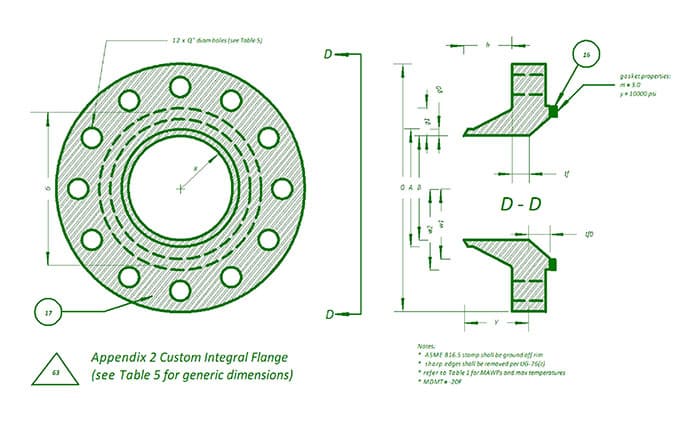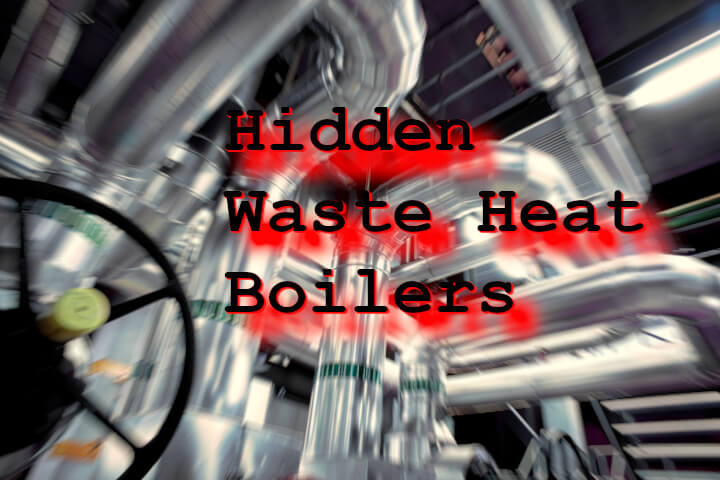Canadian jurisdictions have enacted laws to protect the public where there is danger. And pressure equipment is potentially extremely dangerous. Even a small air receiver, with an internal pressure of just 230 psig, has the explosive energy of about 1 lb of dynamite. It’s defined somewhat differently across Canada, but Alberta has some pressure equipment definitions that are good benchmarks to consider. The most common types of pressure equipment are classified as:
- boilers,
- pressure vessels,
- pressure fittings, and
- pressure piping systems.
Though there are some exceptions, 15 psig (101kPag) is frequently the threshold at which the provisions of legislation kick in. But danger exists at lower thresholds too. Consider ordinary, improperly used oil drums. With a diameter of about 22.5 inches, an oil drum pressurized with air to just 10 psig would exert an internal force in the order of 4000 lbs on it’s flat end. Dangerous indeed.
What is an “expansible fluid”? It means “((i) a vapour or gaseous fluid, or (ii) a liquid under pressure and at a temperature at which the liquid changes to a gas or vapour when the pressure is reduced to atmospheric pressure or when the temperature is increased to ambient temperature.” (AR 49/2006 1(1)(l))
The term “boiler” means “a vessel in which steam or other vapour may be generated under pressure or in which a liquid may be put under pressure by the direct application of a heat source.” (AR 49/2006 1(1)(f))
The term “pressure vessel” means “a vessel used for containing, storing, distributing, processing or otherwise handling an expansible fluid under pressure.” (AR 49/2006 1(1)(cc))
“Canadian jurisdictions have
enacted laws to protect
the public where
there is danger.
But danger exists
at lower thresholds too.”
The term “fitting” means “a valve, gauge, regulating or controlling device, flange, pipe fitting or any other appurtenance that is attached to.r forms part of, a boiler, pressure vessel, or fired-heater pressure coil, thermal liquid heating system or pressure piping system.” (AR 49/2006 1(1)(n))
The term “pressure piping system” means “pipes, tubes, conduits, fittings, gaskets, bolting and other components that make up a system for the conveyance of an expansible fluid under pressure and may also control the flow of that fluid.” (AR 49/2006 1(1)(aa))
All pressure equipment, not exempted from registration requirements, needs to be registered with a CRN before it can be legally operated in Canada.
Why are there CRN requirements? It’s about public safety. Call Cammar Corporation for more information about the CRN registration process.




